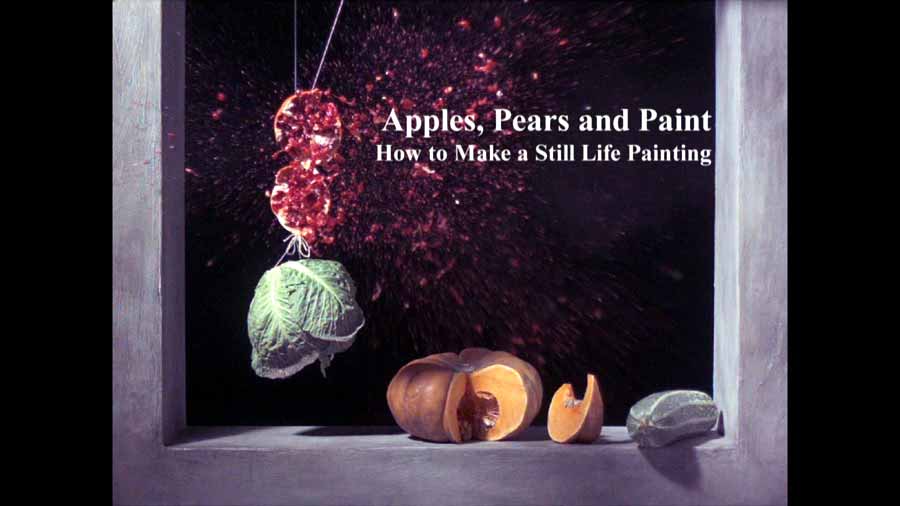Apples, Pears and Paint – How to Make a Still Life Painting: A richly detailed journey through the epic history of still-life painting, featuring a range of delights from the earliest existing Xenia mural paintings discovered at Pompeii to the cubist masterpieces of Picasso.
Awash with rich imagery of fruit, flowers and humble domestic objects, this lively take on the story of still life encompasses the work of some of the genre’s greatest artists from Caravaggio to Chardin and Cezanne. But it also captures the surprising contributions of the less well-known, including asparagus enthusiast Adriaen Coorte and female flower painter in the court of Louis XVI, Anne Vallayer-Coster.
With contributions from historians Bettany Hughes and Janina Ramirez, art historians Andrew Graham Dixon and Norman Bryson, and philosopher Alain de Botton amongst others, it opens up the huge social histories that lie behind the paintings and the fascinating lives of the people who made them.
Apples, Pears and Paint – How to Make a Still Life Painting
A still life (plural: still lifes) is a work of art depicting mostly inanimate subject matter, typically commonplace objects which are either natural (food, flowers, dead animals, plants, rocks, shells, etc.) or man-made (drinking glasses, books, vases, jewelry, coins, pipes, etc.).
With origins in the Middle Ages and Ancient Greco-Roman art, still-life painting emerged as a distinct genre and professional specialization in Western painting by the late 16th century, and has remained significant since then. One advantage of the still-life artform is that it allows an artist much freedom to experiment with the arrangement of elements within a composition of a painting. Still life, as a particular genre, began with Netherlandish painting of the 16th and 17th centuries, and the English term still life derives from the Dutch word stilleven. Early still-life paintings, particularly before 1700, often contained religious and allegorical symbolism relating to the objects depicted. Later still-life works are produced with a variety of media and technology, such as found objects, photography, computer graphics, as well as video and sound.
The term includes the painting of dead animals, especially game. Live ones are considered animal art, although in practice they were often painted from dead models. Because of the use of plants and animals as a subject, the still-life category also shares commonalities with zoological and especially botanical illustration. However, with visual or fine art, the work is not intended merely to illustrate the subject correctly.
